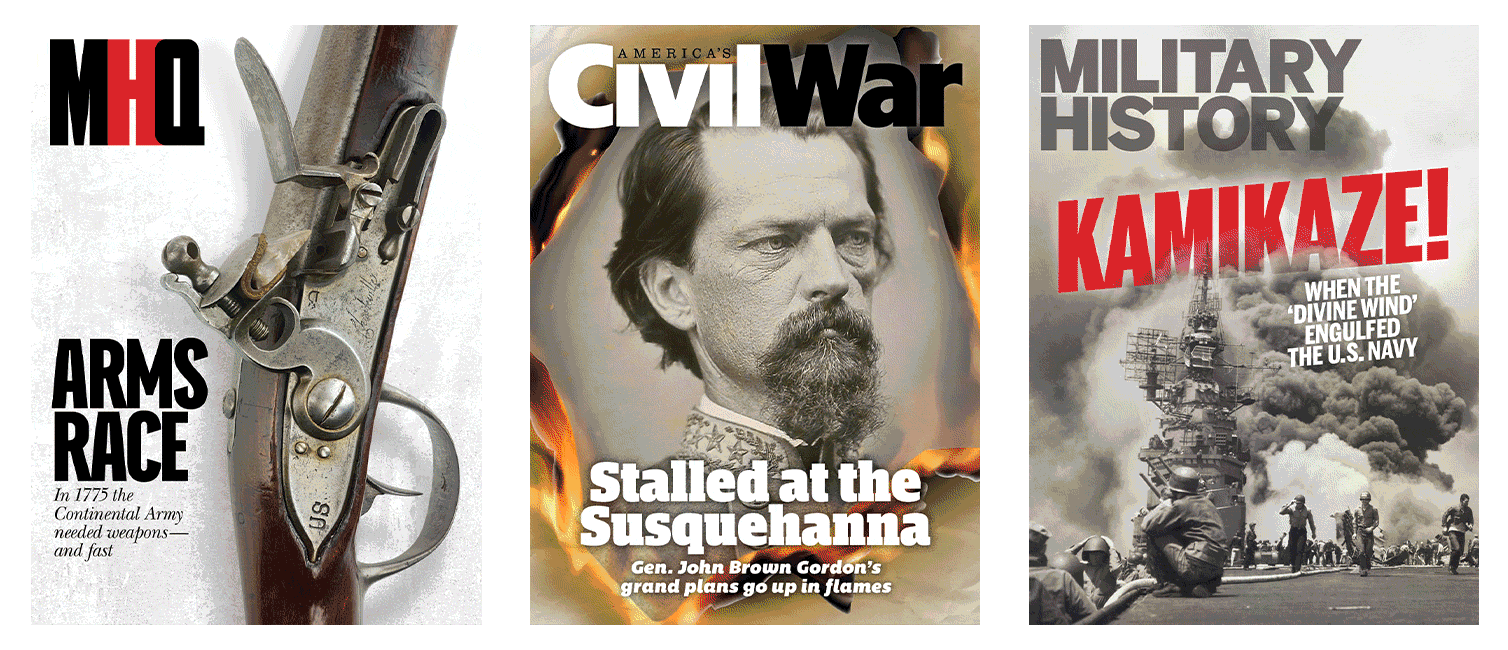
If you travel through Northeast Ohio, take the time to get off the turnpikes and interstates to travel through towns like Burton, Mesopotamia, or Hudson. You’ll notice that they, along with many other hamlets, have a decided New England feel to them in their early architecture and the way they are organized around a common green, or open space.
That’s because that area was known as Connecticut’s Western Reserve, dating back to a royal charter in 1662 that awarded Connecticut a claim from “sea-to-sea.” Over the decades, New York and Pennsylvania took some of the land, and by 1786 Connecticut’s Western Reserve was reduced to a strip of land 120 miles long, about 3 million acres, from the Pennsylvania border to Sandusky Bay on Lake Erie. The southern and northern boundaries were established by Connecticut’s borders.
In 1795 Connecticut sold most of the land to the Connecticut Land Company for $1.2 million. One of the company directors was named Moses Cleaveland. You’ve heard that name before, except without the first “a.” Cleaveland negotiated a treaty with native people to acquire Western Reserve land east of the Cuyahoga River. Land company surveyors laid out five-mile-square townships, creating the grid system now so familiar in the Midwest.
Connecticut held on to the far western edge of the Reserve, 500,000 acres known as the “Firelands,” to compensate families that had suffered loss from British raids during the Revolutionary War.
In 1800, Connecticut ceded its claims to the region, and the area became part of the Northwest Territory, and eventually Ohio when it became a state in 1803. But by then, New England settlers had moved to the region and given it a different feel from the rest of the state. Hale Farm and Village, a re-created Western Reserve settlement in Bath, Ohio, preserves and interprets the region’s distinctive culture and architecture.
This story appeared in the 2024 Winter issue of American History magazine.
historynet magazines
Our 9 best-selling history titles feature in-depth storytelling and iconic imagery to engage and inform on the people, the wars, and the events that shaped America and the world.
